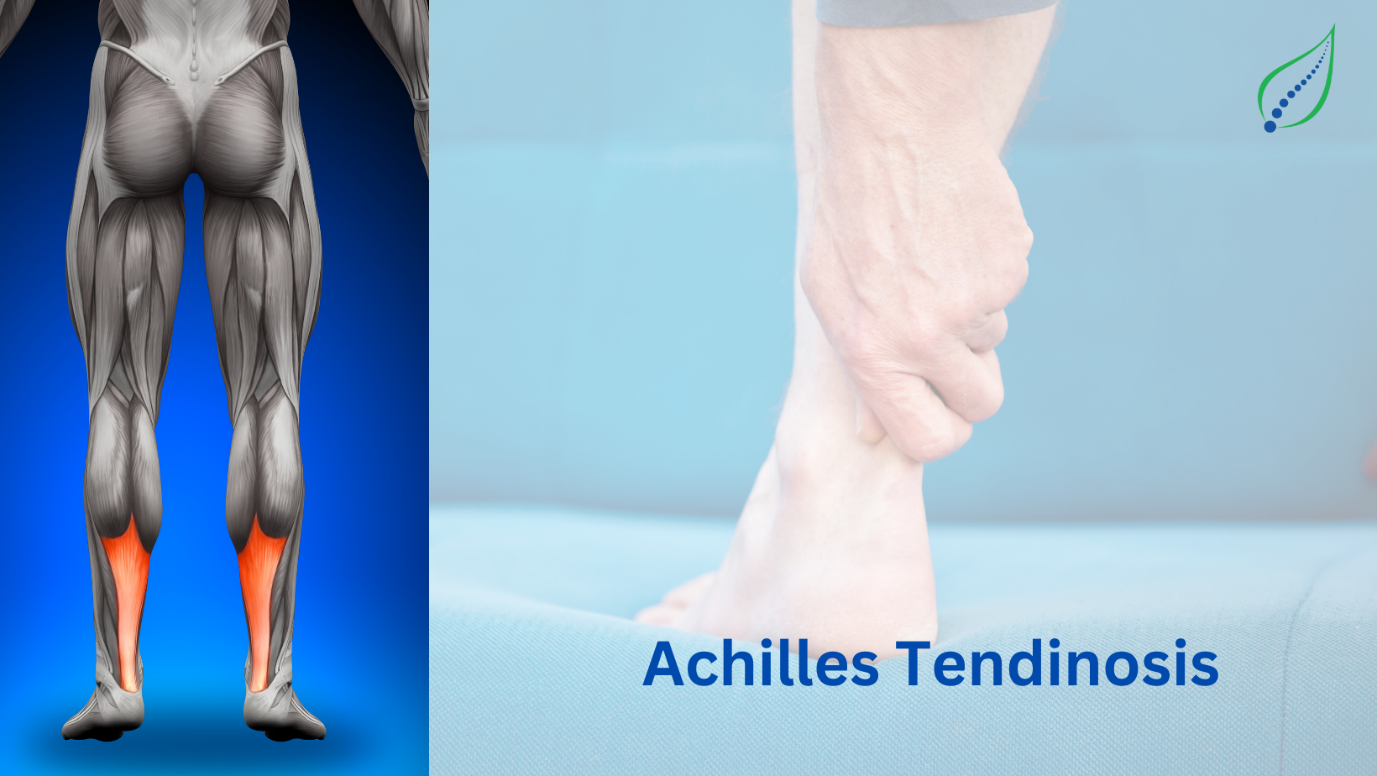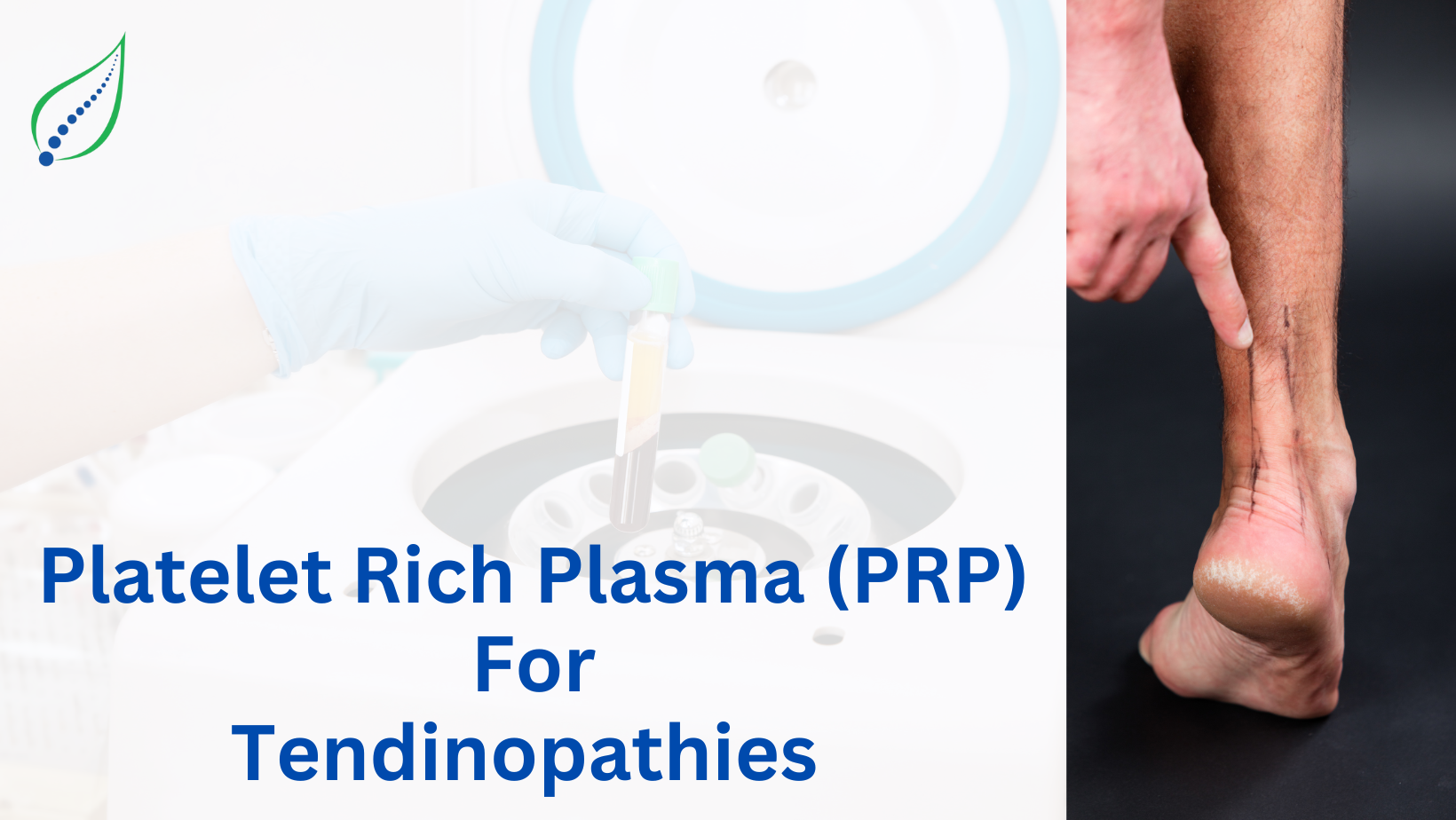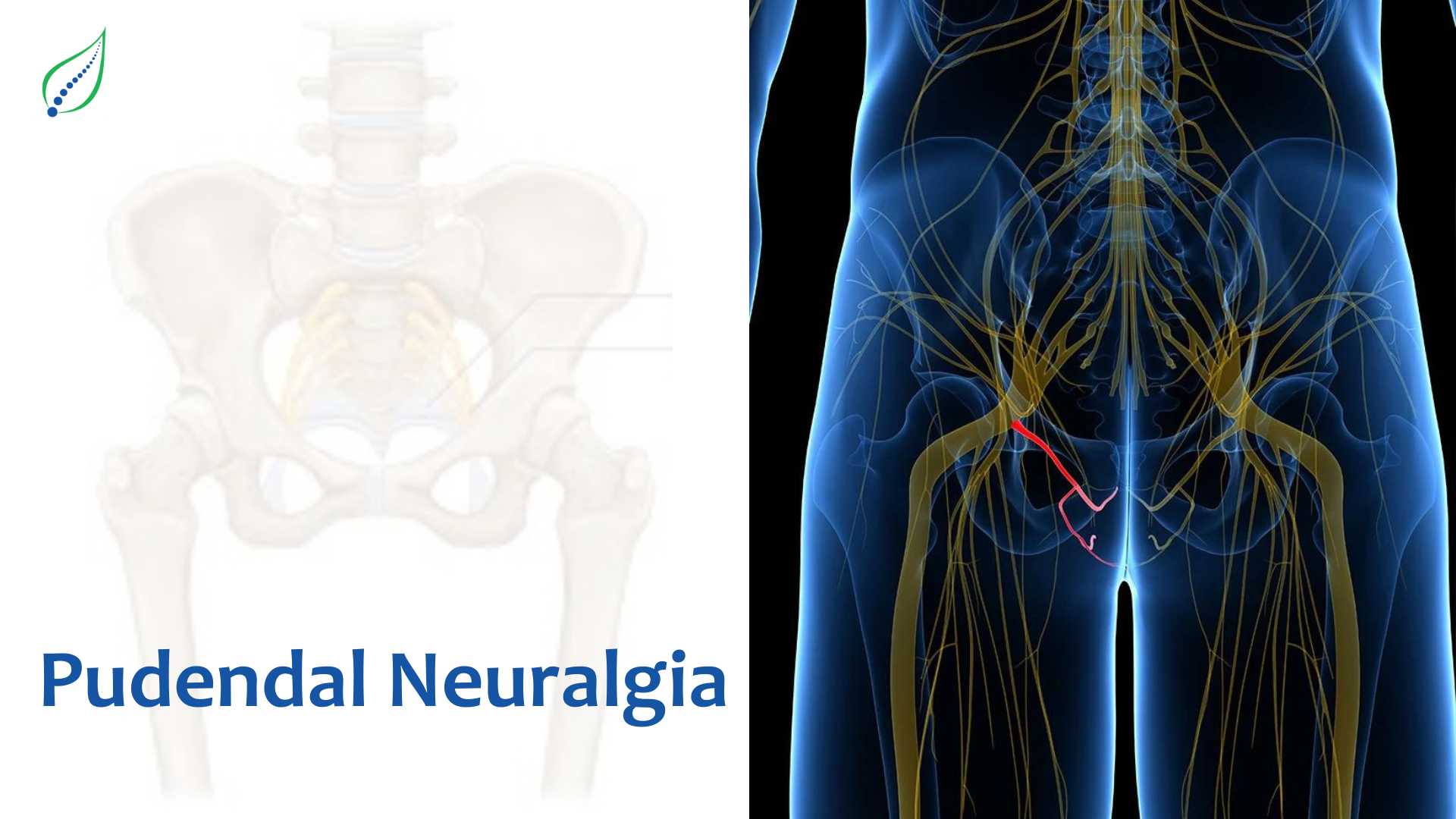Achilles Tendinosis
Inflammation of the achilles tendon leads to achilles tendinosis.
Achilles tendinitis is usually reported in athletes who walk or run a lot placing excessive load on lower extremities. Errors during training have also been reported to have caused Achilles tendinitis. Other causes that lead to tendinitis include- improper footwear, training over hard surfaces, constant loading, insufficient warming or stretching, etc
Pathophysiology:
The Achilles tendon is a confluence of the gastrocnemius and soleus muscles.
Tendon injuries can be acute or chronic. Clearly, in acute trauma extrinsic factors predominate, whereas in chronic disorders intrinsic and extrinsic factors commonly interact.
Repetitive overuse of a tendon causes it to injure & inflame causing tendinitis. The tendon in such cases becomes microscopically damaged when amount of load placed on it exceeds the tendon strength. It causes severe swelling of the tendons, causes pain & tenderness around a joint.
Symptoms:
In the acute phase, the tendon is diffusely swollen and oedematous, and on palpation tenderness is usually greatest 2–6 cm proximal to the tendon insertion.
In chronic cases, exercise-induced pain is still the cardinal symptom, while crepitations and effusions diminish.
- Pain in heel & along the length of the tendon while walking, running
- Pain & stiffness usually more in the morning; improves with activity
- Tenderness on touch
- Swelling or redness at the tendon site
- Walking & weight bearing difficulty & instability
Investigations:
Diagnosis is usually made by history of repetitive activities, physical examination & imaging.
In acute cases, ultrasound reveals fluid accumulation around the tendon
In chronic cases, peritendinous adhesions may be seen.
Non- surgical Treatment:
The first step in reducing tendinitis is to follow the RICE protocol. Resting & stopping the activities that initiated & made the pain worse should be avoided for 2-3weeks. Resting the injured tendon allows healing; it reduces inflammation & also corrects improper pressures & forces that caused initial stress on the injured area.
Icing the affected area too will help reduce swelling & inflammation associated with the joint. Switching to low impact activities will decrease the strain placed over the Achilles tendon.
However along with rest & icing, medications, physical therapy & ultrasound too will cure the pain. Other treatments include steroid injections.
In some patients, tendinitis resolves with medications, rest & icing. However, some patients require physical therapy &/or steroid injection shot at the painful site. Platelet rich plasma injection helps in speeding up the healing process of injured tendon.




